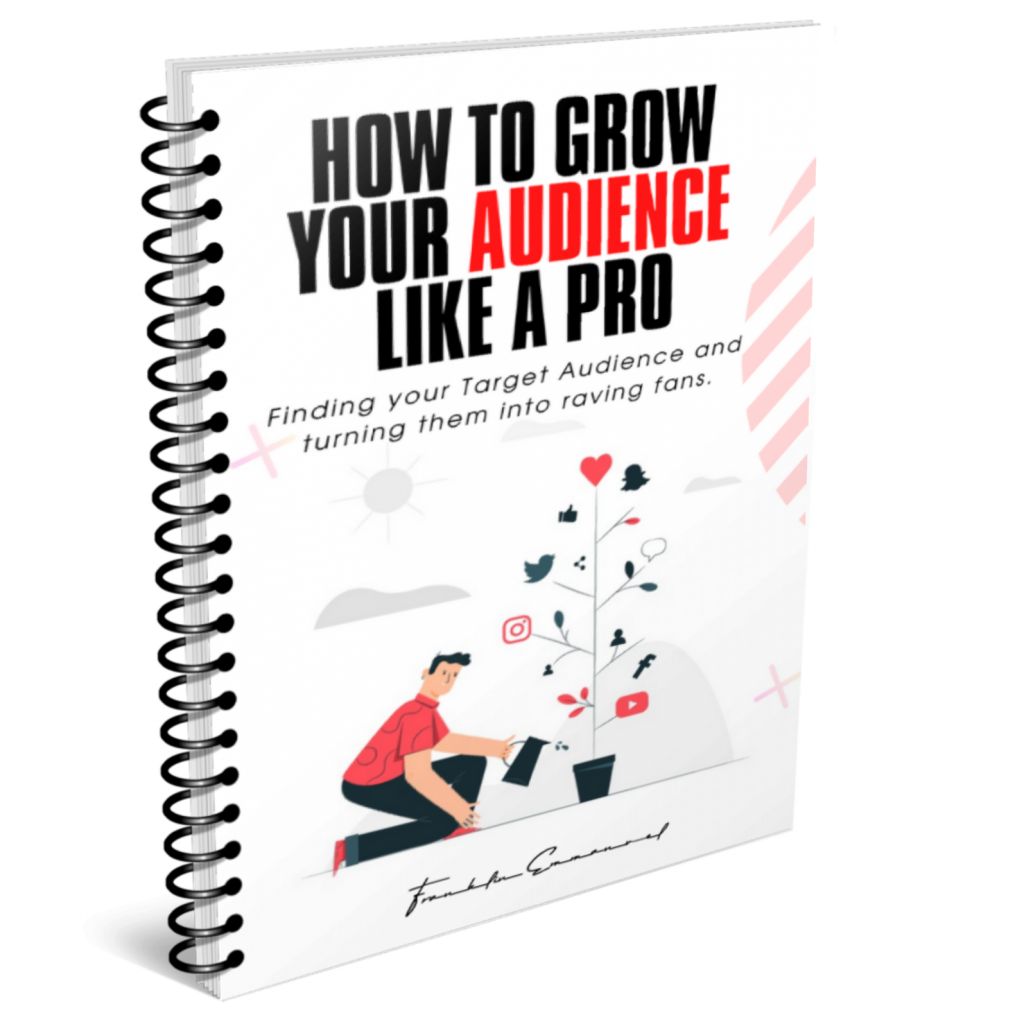Ranking high takes both time and effort and with new Google updates the competition might just get tougher. There are some SEO techniques out there that are easy to implement and will definitely bring some results but you still need to keep up with the trends or you won’t stay up longer.
Before planning your SEO strategy you should always perform an audit. It’s not actually something easy to do, depending on the size of your website, but it will help you prioritize your actions in order to save time.
As a result, most of the SEO efforts for 2021 are expected in this direction. However, some “non-Google” game-changers will also influence how we build our SEO campaigns. Let’s dive into the SEO tips and trick for 2019
Effective SEO Tips For 2021
1. RankBrain & UX Signals
One of the best SEO practices must include consideration for the user experience (UX). This means that elements of user experience (UX) have been rolled into SEO best practices.
How easy is your site to navigate?
Do you have quality content that makes visitors want to stay and engage?
Is your site secure, fast and mobile-friendly?
Google previously announced that RankBrain was their third most important ranking factor:
“In the few months it has been deployed, RankBrain has become the third-most important signal contributing to the result of a search query.”
Now the BIG question is: What is Rank Brain?
RankBrain is a machine learning system that helps Google sort their search results.
That might sound complicated, but it isn’t.
RankBrain simply measures how users interact with the search results and rank them accordingly.
For example, let’s say you search for “cold brew coffee” in Google.

The #4 result looks especially enticing. So you quickly click on it.
And when you get there…wow! It’s the best darn article about coffee you’ve ever read. So you devour every word.
RankBrain is going to take note…and likely give that #4 result a rankings boost.
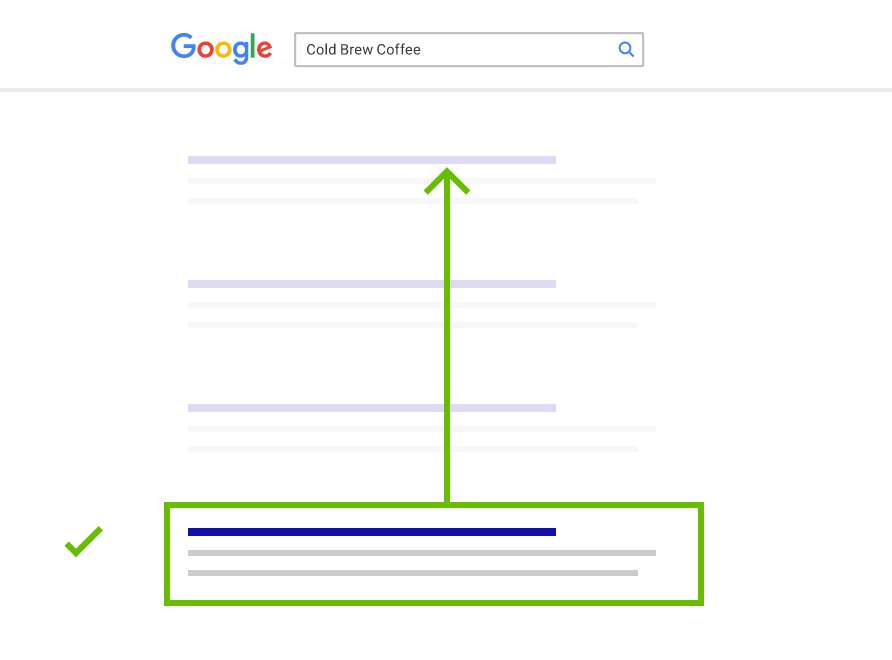
On the other hand, let’s say that you do the same search. But this time, you click on the #1 result without even looking.
But the content is TERRIBLE. So you bounce from the page after a few seconds.
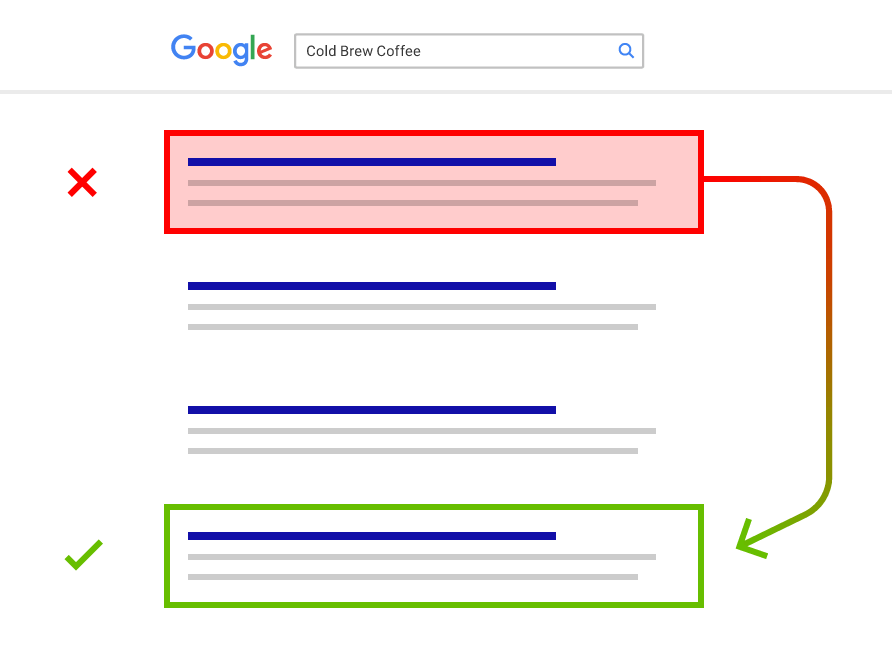
And you click on the #4 result to find something about coffee that’s actually worth reading.
RankBrain will also notice this. And if enough people quickly bounce from that result, Google will boot it from the #1 spot.
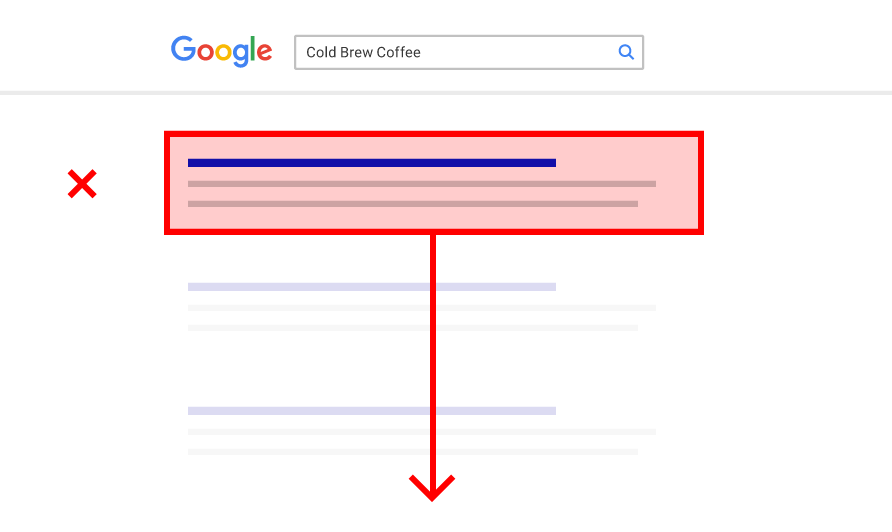
As you can see, RankBrain focuses on two things:
1. How long someone spends on your page (Dwell Time)
2. The percentage of people that click on your result (Click Through Rate)
Let’s break each of these down.
Dwell Time:
Dwell Time=how long a Google searcher spends on your page.
As it turns out, RankBrain pays A LOT of attention to Dwell Time.
In fact, the head of Google Brain in Canada recently confirmed that Google uses Dwell Time as a ranking signal.
He stated that RankBrain measures when:
“someone clicks on a page and stays on that page when they go back”
And a recent industry study by SearchMetrics supports this statement. They found that the average Dwell Time for a top 10 Google result is 3 minutes and 10 seconds.
If you’ve spent any time digging through your Google Analytics, you know that a 3+ minute Dwell Time is legit.
And it’s no coincidence that pages with awesome Dwell Time tend to rank best. In fact, RankBrain is up ranking these pages for that exact reason.
This makes sense if you think about it:
If you spend a long time on a page, you probably like the content on that page.
And if enough people feel the same way, Google will uprank that content to make it easier to find.
How to Increase your dwell time
- Page loading speed — 40 percent of users will abandon a site that takes longer than three seconds to load. Three seconds? That’s shorter than it takes you to spell bounce rate. Consequently, the first step to increase dwell time on your site is learning how to speed up your WordPress website.
- Design — Web design has a lot of sway on whether visitors trust your website. That’s why you need to make sure it’s crisp and resonates with your target audience. Simple backgrounds, plenty of white space as well as clear and easy-to-read fonts are your friend.
- Layout — Design and layout go hand in hand. Make sure your content takes center stage and is easy to consume (more on that below). You can write the best content in the world if it gives people vertigo trying to read it, they won’t.
- Mobile optimization — A surefire way to keep your dwell time at zero on mobile devices is to have an unresponsive website. It’s just not acceptable in today’s Internet.
- Ads and popups — While popups can be absolutely essential in building an email list, they can also be annoying as heck. Same for ads. That’s also why Chrome will begin blocking them if they are too intrusive and Google started penalizing ads last year. When using either, make sure they don’t interfere with the user experience. Use exit-intent technology and other ways for more subtlety.
- Understand your users — The first way to fulfill user intent is to understand what it is. If you can get into your audience’s heads and understand what they are looking for, you’re much better equipped to give it to them. Doing market research for your website will help with that.
- Write longer content — Long-form content outperforms shorter pieces by a long shot. It only makes sense, as longer posts allow you to dive deeper into a topic and answer more of your readers’ questions. Although it’s more work, it also gets results.
- Target the right keywords — The keywords in your title and description make a promise about what your piece is going to be about. If in the end, you don’t deliver on that promise (e.g. an “ultimate guide” that’s only 300 words long), visitors will leave in droves. Consequently, your dwell time will suffer. Don’t do that. Oh, and stay away from clickbait headlines.
- Keep your content up to date — Stale content is one of the best ways to direct visitors to the back button. There’s nothing more disappointing than clicking through to an article and realizing it’s horribly out of date. I personally rarely even click on search results older than two years. Others will feel the same.
- Respond to questions and comments — the most important conversation happens in the comment section. If people interact with your articles, the worst you can do is ignore them. Not only do other people read the comments (thus staying on your site longer), when you interact with them, it’s also a reason to come back to your site.
- Use media — Images, infographics, videos, and other media are great tools to emphasize what you are talking about and break up your content. Plus, with loads of free stock photos out there and the many services for which WordPress supports auto embeds, there’s really no excuse not to use them.
Click-Through Rate:
Google often rewards higher CTRs with higher rankings. CTRs also pay off with increased brand awareness – the higher your CTR, the higher your ranking, and the better visibility for your brand.
Your CTR in large part depends on the appearance of your search result. Think of it as a free classified ad for your site in the SERPs. Everything in it should be constructed to grab a searcher’s attention and compel them to click, from the URL to the meta description.
- URLs: URLs that don’t match the title tag or meta description raise suspicion in the eyes of your searchers, while URLs that are gibberish or not descriptive at all look unprofessional. In some cases, it may be worth 301ing to an optimized version (but don’t do this at the cost of weighing down your load time with hundreds of redirects).
- Title tags: Are these too long? Too short? Do they use confusing marketing jargon instead of normal language, or are they just plain boring? Use emotion, power words, and numbers to get people to click. When in doubt, fall back to the quintessential content marketing headline formula: [Number] + [Emotional Adjective] + [Content] + [That Does What Exactly?] Refer to the headline of this article for an example of this in action.
- Meta descriptions: Like your title tag and URL, these should include keywords to reassure the searcher that your site has the answer they’re looking for. Make these exciting to spark interest and create intrigue, but keep them at or below 160 characters to avoid unappealing ellipses in your search result.
- org markup: Some studies claim adding rich snippets can increase CTR by 30%. It makes sense – they expand the size of your search result and give it a little color. Evaluate which of your pages are good candidates for popular schema like pricing, reviews, and recipes.
To master SEO in 2019 you need to be alert with the latest CTR actions
Yes, because of RankBrain.
But also because of:
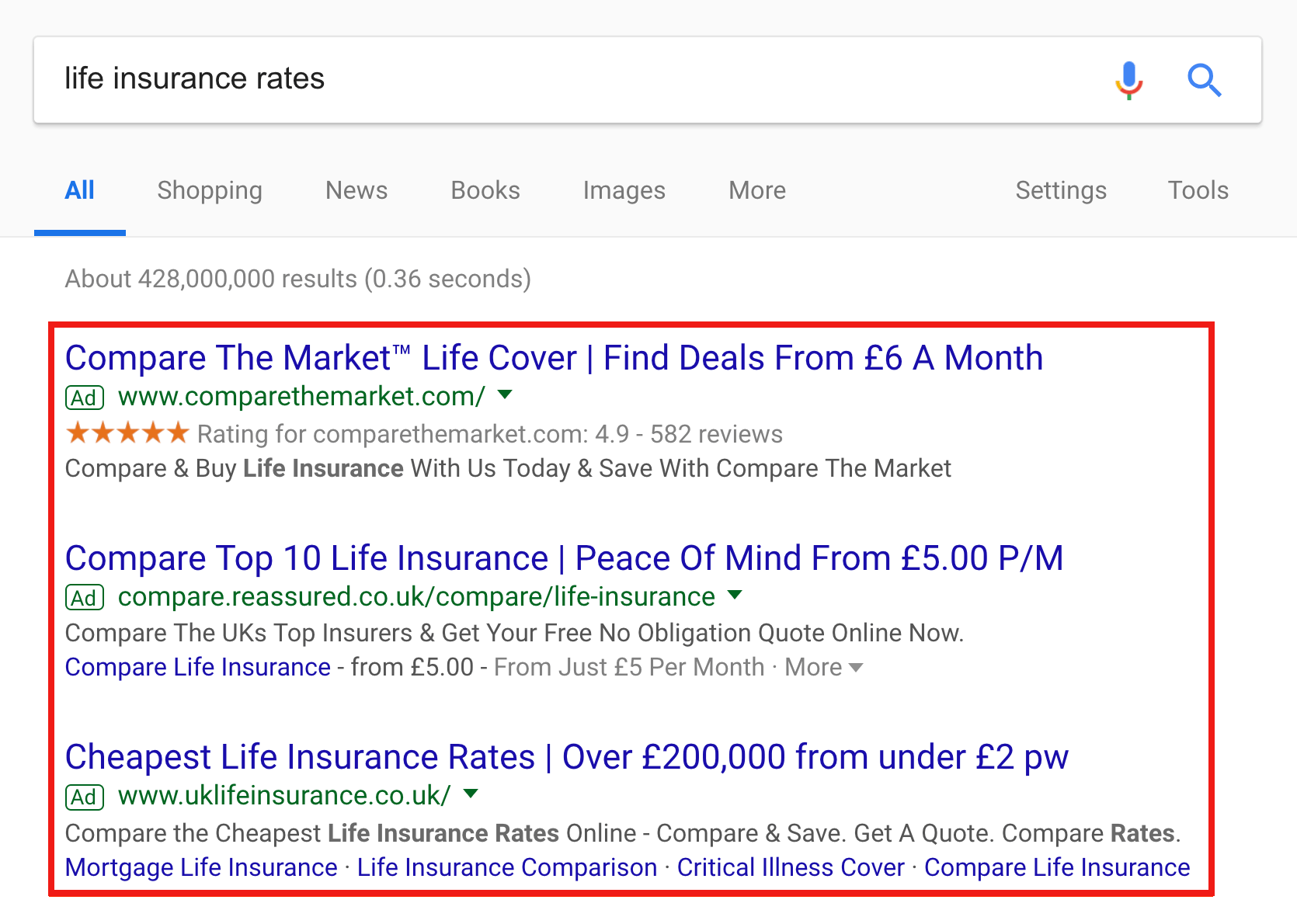
And:
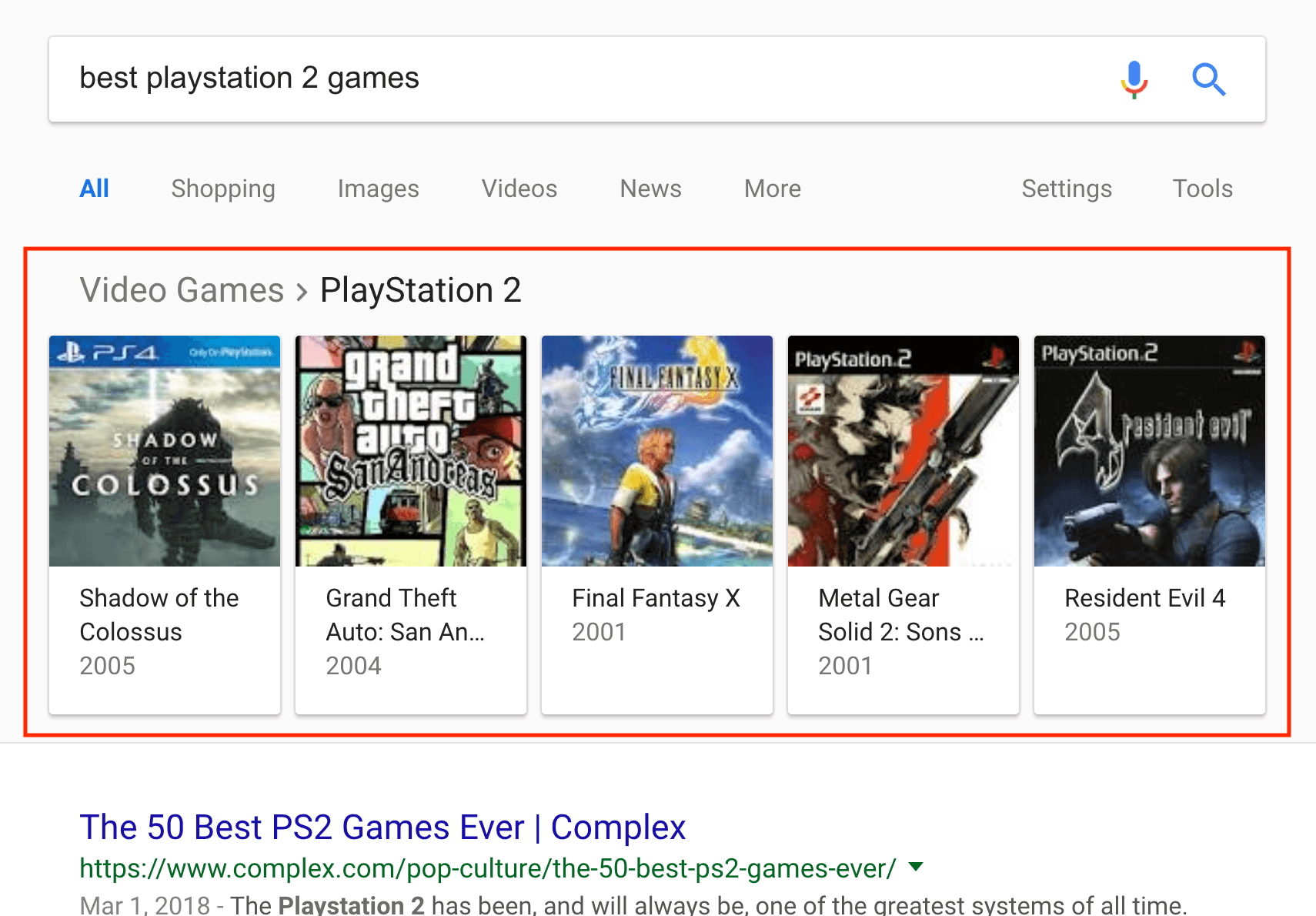
And also the Featured Snippet:

2. Comprehensive, In-Depth Content Wins
It’s no secret and no rocket science. The more (quality) content you post, the more traffic you will get.
However, I still see a lot of new websites that want results with SEO lacking a blog.
If you only have 5 pages that list your products, chances are you won’t outrank Amazon and Walmart for “Diapers”, even if your diapers change themselves.
You need to post blog posts regularly to show Google that your website is active. It’s also a great way of earning new backlinks, as people will be more likely to share those rather than your services pages.
Countless times I’ve noticed that whenever I post new blog posts on a website, all the pages gain a little boost in their rankings, especially if the pages aren’t on the first page of Google.
So: how can you write the type of in-depth content that Google wants to see?
First, publish content that’s at least 2,000 words. That way, you can cover everything a Google searcher needs to know about that topic.
In fact, our ranking factors study found that longer content (like ultimate guides and long-form blog posts) outranked short articles in Google:
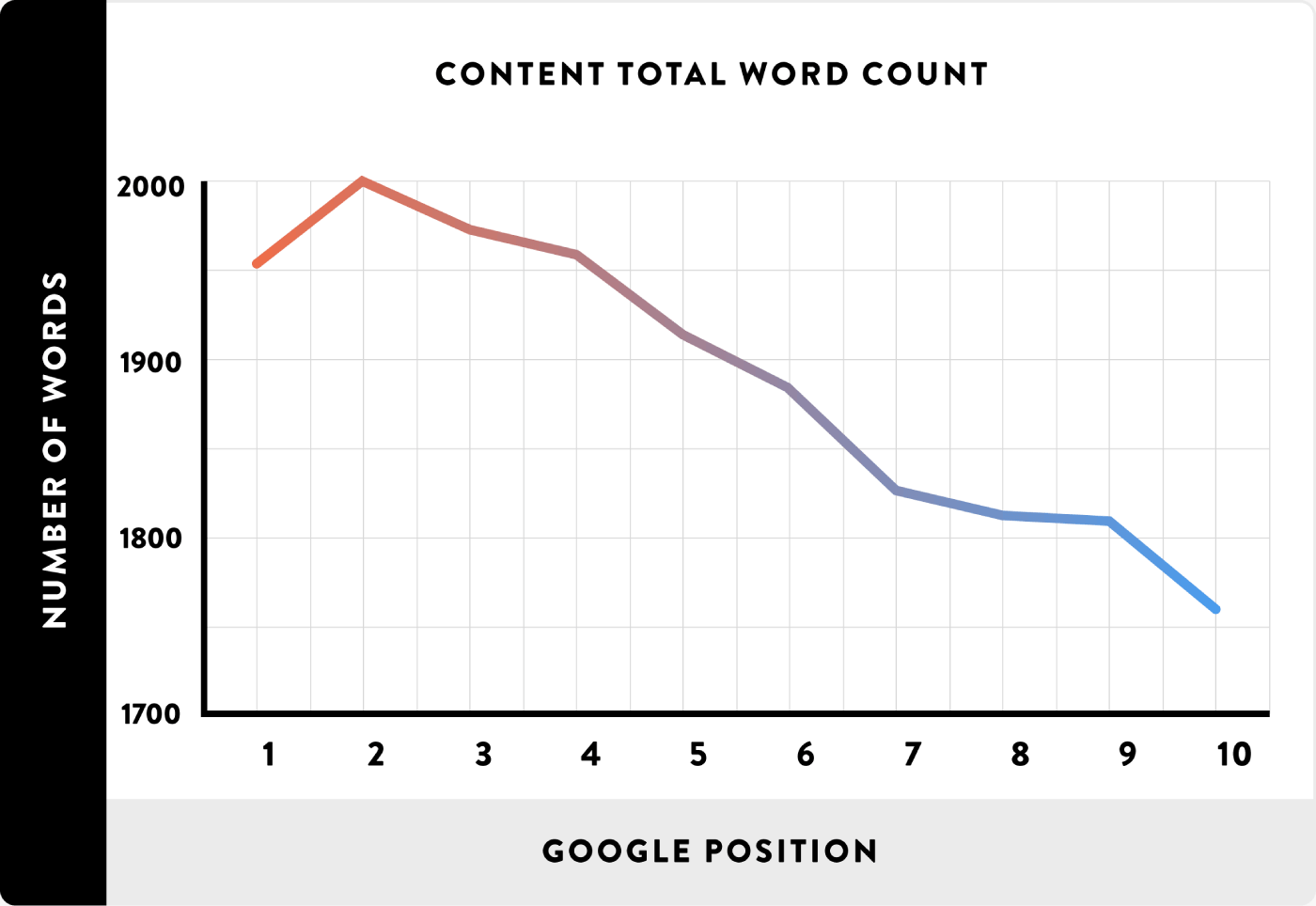
Update/Improve Existing Content
If you already have content on your website that’s targeting a specific keyword, don’t start writing something else on the same topic. You’ll get into keyword cannibalization when multiple pages will be competing for the same keyword (and probably none will be ranking).
Simply improve the existing article by adding new content to it.
Add LSI Keywords to Your Content
Once you’ve put the finishing touches on your 2,000-word monster, add LSI keywords to it.
LSI keywords are words and phrases that are strongly associated with your page’s topic.
And when Google sees these LSI keywords on your page, they think: “Awesome! This page obviously covers this topic really well.”
How do you actually do LSI keyword research? Here are three simple strategies:
First, use a nifty free tool called LSI Graph.
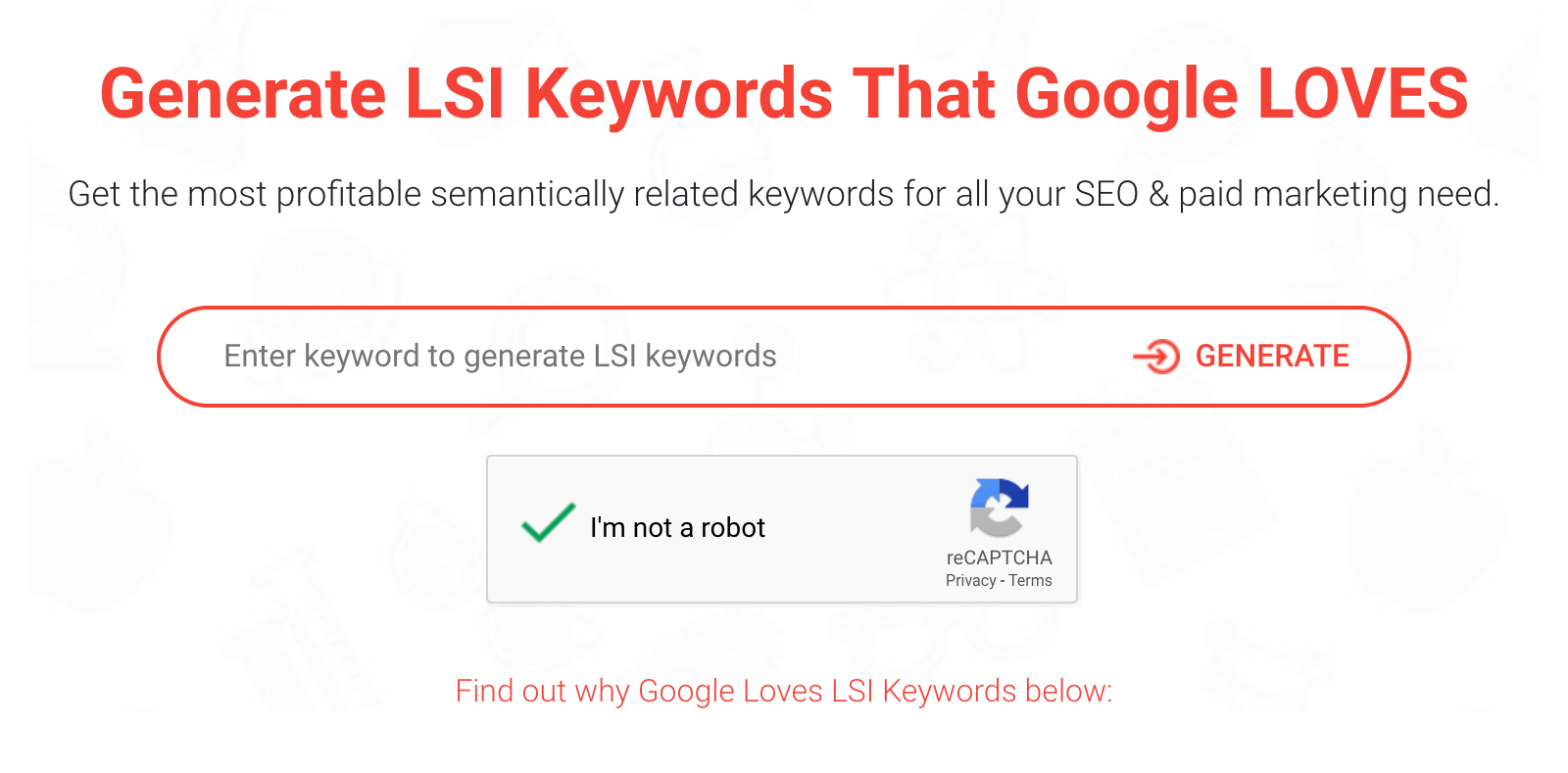
Just enter your target keyword into the tool, and it’ll show you a bunch of LSI keywords that are associated with that term:
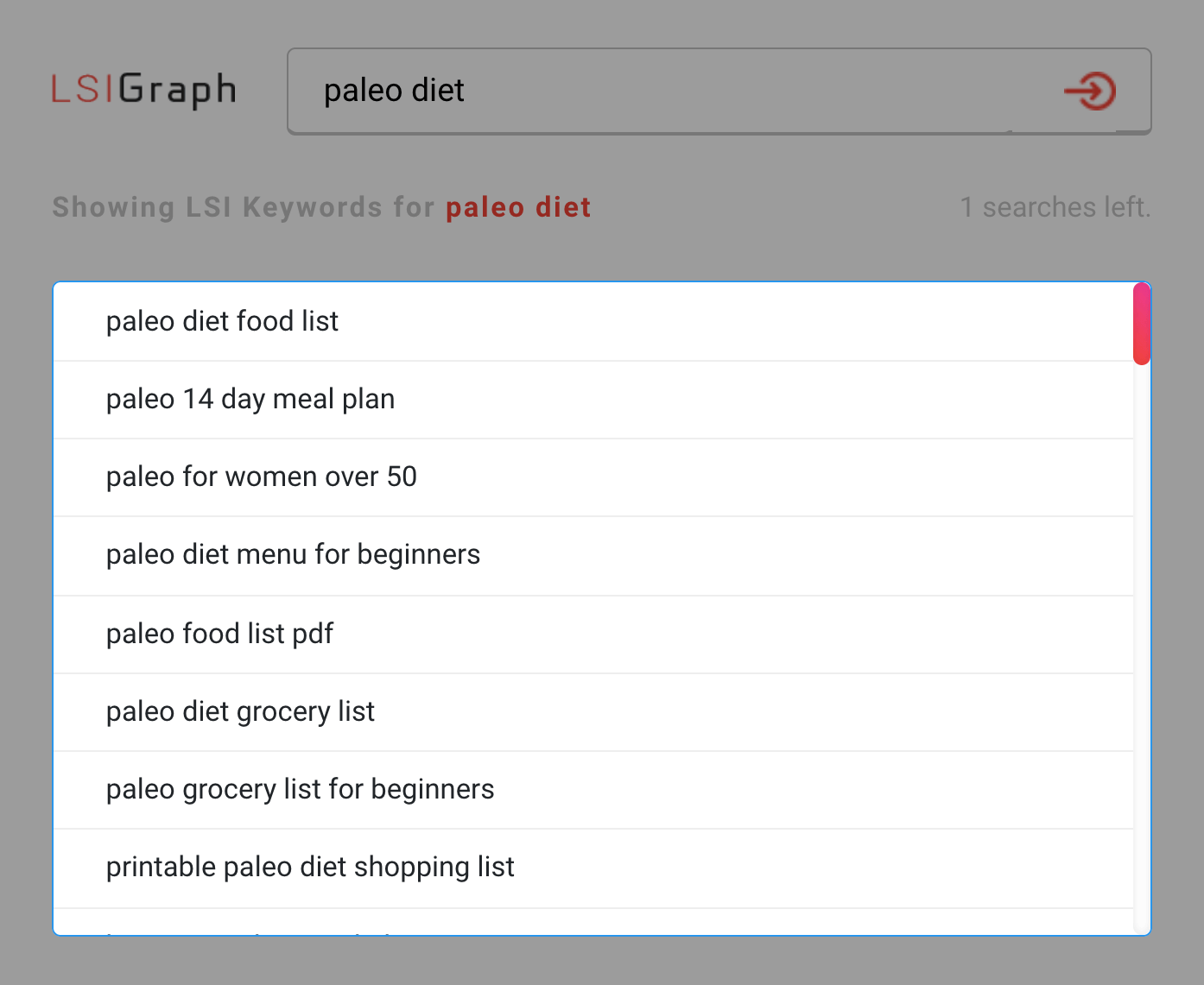
Add any of these that make sense to your content.
Second, use good ol’ Google. Just search for your target keyword. Then check out the “Searches related to…” section at the bottom of the search results.
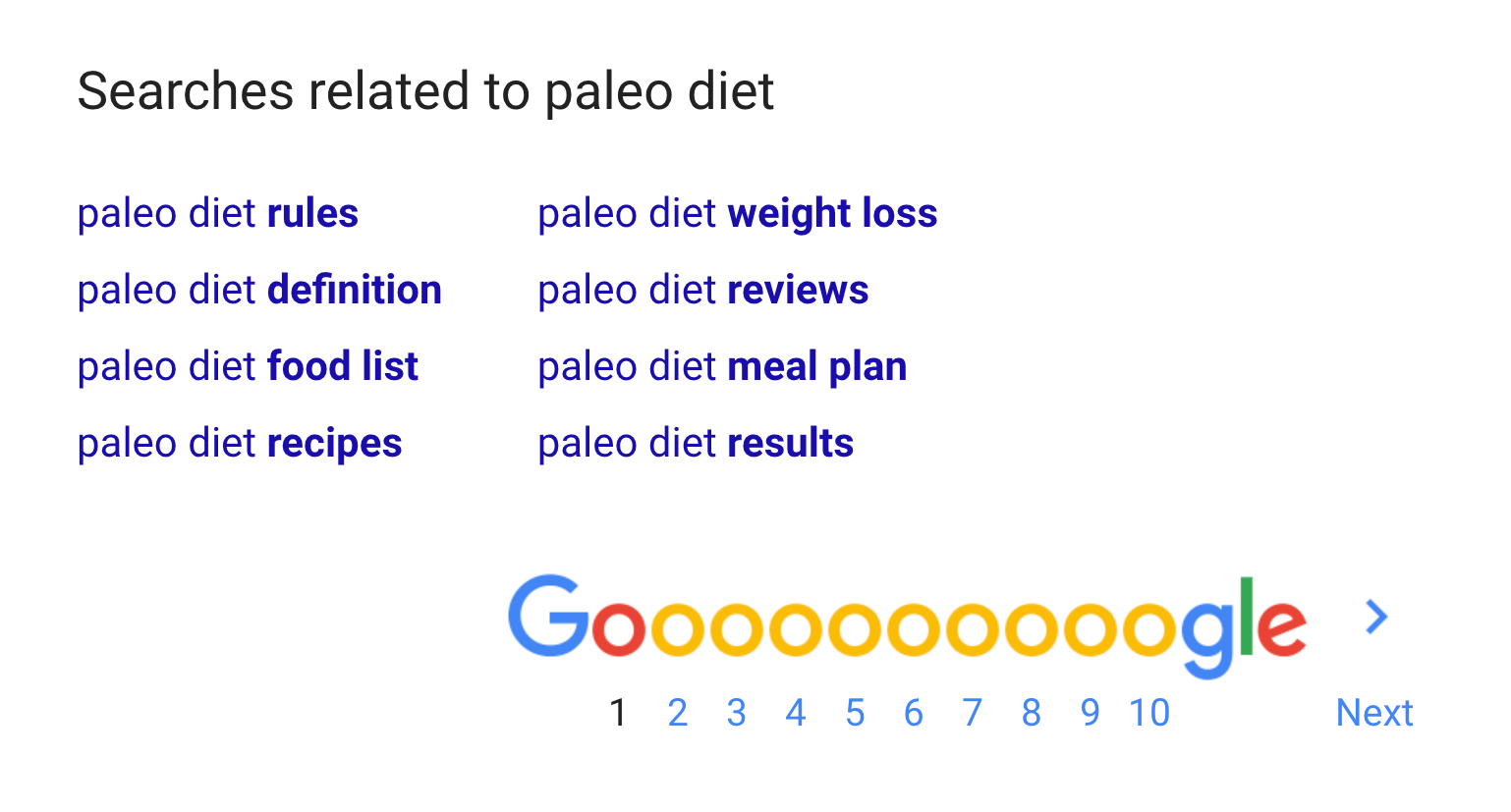
The words in bold here are LSI keywords.
Finally, you can hack the Google Keyword Planner for LSI keyword ideas. Here’s how:
Pop your keyword into the Google Keyword Planner. And click “Get Started”.

Then, scan the results. Many of these are LSI keywords.
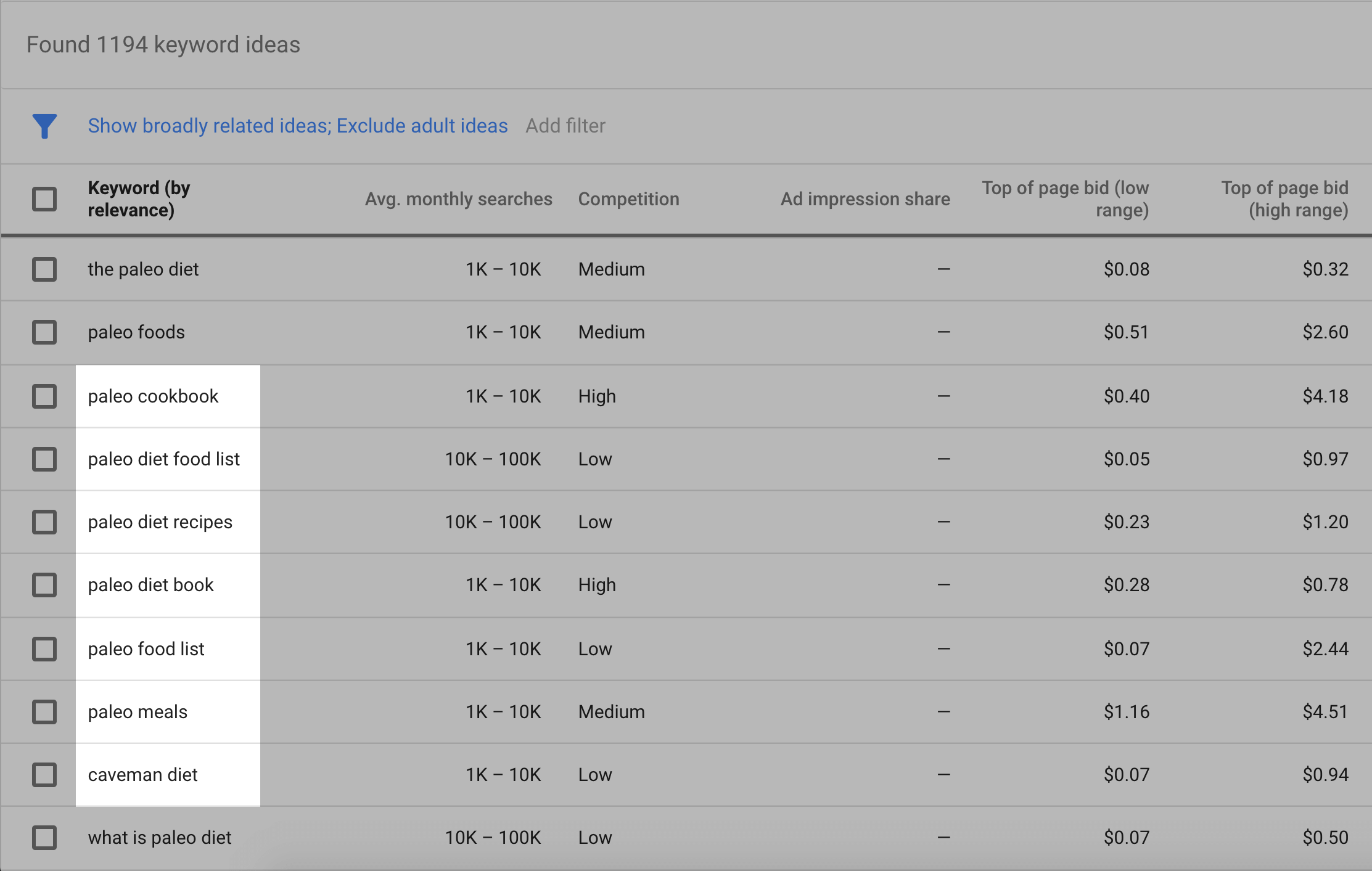
Just like with the other strategies I showed you, sprinkle LSI keywords from the Google Keyword Planner into your content.
3. Optimize for Google’s Mobile-First Index
In a nutshell, mobile-first indexing means that Google uses the mobile version of your page for indexing and ranking. Since March 2018, Google’s started the process of migrating sites to mobile-first index. It might happen that Search Console has already notified you about it.
Bear in mind, a mobile-first index does not mean “mobile-only.” There’s still a single index with both mobile and desktop versions. However, the whole “mobile-first” buzz means that Google will be using the mobile versions for ranking once the site’s migrated.
You get it, right? With your mobile version being the primary one for ranking, there’s no excuse to procrastinate with mobile-friendliness.
Make Sure Your Site Kicks Butt On Mobile
I see lots of sites that technically work on a phone or tablet. But they’re a huge pain to actually use.
RankBrain closely measures how Google users interact with your site.
And if peeps have a hard time using your site with their phone, they’re going to hit their “back” button without thinking twice.
How do you know if your site is legit mobile friendly?
I recommend checking out the nifty Mobile-Friendly Test tool from Google. Just enter a URL into it, and the tool will let you know if your site is mobile-friendly:

4. Optimize for Voice Search
Is voice search “the next big thing” in SEO? It certainly looks like it.
For example, check out these eyebrow-raising facts:
- 41% of adults perform at least one voice search every day (source)
- Voice searches performed in Google are up 35x since 2008 (source)
- 20% of all searches on mobile are voice searches (source)
Knowing that, smart SEOs are starting to optimize some of their content for voice s
earch.
Here are a few statistics to prove that voice search is here to stay:
- Voice labs found that there were a total of 33 million voice-first devices in circulation.
- In a survey of SEO trends for 2017 and beyond, voice search stood at the third spot.
- In his keynote, Google CEO Sundar Pichai announced that one-fifth of the queries
on Google are voice searches.
Teenagers are savvy users of voice search, but Thrive Analytics found that people in all age groups use mobile personal assistants.

Create blog posts answering your customers’ questions
People speak different keywords than the ones they type in search engines to refer to your products, services, and business.
For example, a user might type “salon near me,” but using voice search, they would say “what is the nearest salon near me.”
You need to carefully listen to the words people use when talking about you.
Once you have collected their common questions and phrases, you can create content for them.
Use structured data
Do you write content solely for your audience?
That is a great place to start.
Search engines also look at a bunch of factors besides content to determine a page’s relevance and position in their search results.
Professional SEOs leverage these additional factors to further optimize their content for search engines.
Schema markup, also known as structured data, is one such factor. It does not affect the rankings directly, but it can give you an edge over your competitors.
Essentially, it is metadata — data about the information on your site. It goes into your site’s source code.
The visitors do not see it, but microdata helps search engines to organize and classify your content. It is an underutilized strategy because it requires work.
BONUS TIP FOR SEO IN 2019
Improve Your Site’s E-A-T
On August 1st, Google rolled out a new “core update” to their algorithm.

This update was a big one.
(In fact, it’s the biggest change I’ve seen in the SERPs since Penguin in 2012).
There are 2 really interesting things about this update.
1: This update HAMMERED certain sites in the health niche.
Here’s an example:

So even though this was a “broad” and “core” algorithm update, health sites really felt the heat.
In fact, one small survey found that 41.5% of sites hit by this update were in the health niche:

(Compared to only 5.9% in the tech space. And 3.5% of sites in the travel niche).
2: Google updated their Quality Rater Guidelines right before this update.
On July 20th Google released their new Quality Rater Guidelines.

This document was pretty much the same as last year… with one major change:
A focus on E-A-T.
(Expertise, Authoritativeness, and Trustworthiness)

To be clear:
E-A-T has been a part of the guidelines for years.
But there was a new emphasis on E-A-T this year.
(Probably to train their raters for this update).
Here’s how to bump up your site’s E-A-T.
First, be an expert (or hire one).
If you hire random freelancers to write your content, you’re in trouble.
That’s because Google wants to feature content written by experts.

This is tough to fake.
In fact, Google might be using a form of Google Authorship to figure out whether or not an author is an expert in that space.

Next, be transparent.
Google probably focuses on off-site signals to figure out your site’s E-A-T.
That said:
The rater guidelines spend a lot of time on evaluating the site itself.
For example, the guidelines point out that:

“We expect most websites to have some information about who (e.g., what individual,company, business, foundation, etc.) is responsible for the website and who created the [content], as well as some contact information.”
This means having:
- Thorough about page
- Easy to find contact page
- References and external links to sources
- Privacy policy and terms of service
SEO is going to very big in 2019 and I’m sure you don’t want to be left out on the search. I have just shared this few tips for you to be aware and take the next action. Please drop your comments and share the post if you think its a good one.
Want to rank your website on Google’s PAGE 1 fast? We would help you with that just contact us





